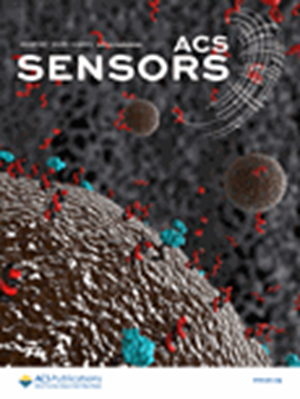Toward Flexible and Stretchable Organic Solar Cells: A Comprehensive Review of Transparent Conductive Electrodes, Photoactive Materials, and Device Performance
IF 8.2
1区 化学
Q1 CHEMISTRY, ANALYTICAL
引用次数: 0
Abstract
Flexible and stretchable organic solar cells (FOSCs and SOSCs) hold immense potential due to their versatility and applicability in emerging areas such as wearable electronics, foldable devices, and biointegrated systems. Despite these promising applications, several challenges remain, primarily related to the mechanical durability, material performance, and scalability required for commercialization. This review comprehensively highlights recent advancements in the design and fabrication of FOSCs and SOSCs, with a particular emphasis on key functional layers, including transparent conductive electrodes, interfacial layers, photoactive materials, and top electrodes. Innovations in material design, such as active layers and transparent conductive electrodes with improved flexibility, are discussed alongside developments in device processes to achieve power conversion efficiencies exceeding 19%. Furthermore, the review addresses remaining challenges, including the need for scalable manufacturing techniques and enhanced mechanical robustness under strain. Finally, the prospects of FOSCs and SOSCs are analyzed, providing insights into how these technologies can contribute to the development of sustainable, high‐performance power sources for wearable electronic devices and other flexible electronics. This review offers valuable insights, bringing the commercialization of wearable, high‐performance FOSCs and SOSCs closer to reality.实现柔性和可伸缩有机太阳能电池:透明导电电极、光活性材料和器件性能综述
柔性和可拉伸有机太阳能电池(FOSCs 和 SOSCs)因其多功能性和在可穿戴电子设备、可折叠设备和生物集成系统等新兴领域的适用性而具有巨大的潜力。尽管这些应用前景广阔,但仍存在一些挑战,主要涉及商业化所需的机械耐久性、材料性能和可扩展性。这篇综述全面介绍了 FOSC 和 SOSC 设计与制造方面的最新进展,特别强调了关键功能层,包括透明导电电极、界面层、光活性材料和顶层电极。在讨论材料设计创新的同时,还讨论了器件工艺的发展,如具有更好灵活性的活性层和透明导电电极,以实现超过 19% 的功率转换效率。此外,综述还讨论了仍然存在的挑战,包括需要可扩展的制造技术和增强应变下的机械坚固性。最后,分析了 FOSC 和 SOSC 的前景,深入探讨了这些技术如何为可穿戴电子设备和其他柔性电子产品开发可持续的高性能电源做出贡献。这篇综述提供了宝贵的见解,使可穿戴、高性能 FOSC 和 SOSC 的商业化更接近现实。
本文章由计算机程序翻译,如有差异,请以英文原文为准。
求助全文
约1分钟内获得全文
求助全文
来源期刊

ACS Sensors
Chemical Engineering-Bioengineering
CiteScore
14.50
自引率
3.40%
发文量
372
期刊介绍:
ACS Sensors is a peer-reviewed research journal that focuses on the dissemination of new and original knowledge in the field of sensor science, particularly those that selectively sense chemical or biological species or processes. The journal covers a broad range of topics, including but not limited to biosensors, chemical sensors, gas sensors, intracellular sensors, single molecule sensors, cell chips, and microfluidic devices. It aims to publish articles that address conceptual advances in sensing technology applicable to various types of analytes or application papers that report on the use of existing sensing concepts in new ways or for new analytes.
 求助内容:
求助内容: 应助结果提醒方式:
应助结果提醒方式:


